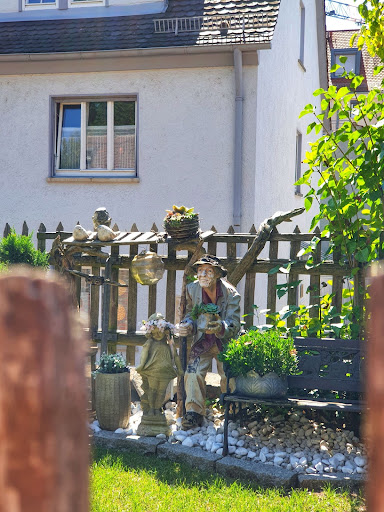
Are you drawn to outdoor spaces, have a knack for design, and an appreciation for nature’s aesthetics? If yes, you might want to consider a career as a landscape designer.
But, it requires appropriate education, specific certifications, and professional development.
This definitive guide is here to provide you with a detailed roadmap on how to become a landscape designer, from understanding the role and educational requirements all the way through building up your portfolio. So strap in, let’s dig deep into your future career path.
What is a Landscape Designer?
A landscape designer is a professional who applies technical and artistic skills to tweak outdoor spaces. They play a role in shaping the environment to blend functionality and aesthetics.
From planning parks to designing residential communities and gardens, landscape designers turn vision into physical reality. Also, as advocates of nature, they present designs that are not just eye-catching but environmentally responsible, as well. Landscape design is indeed a fascinating field for those who love the blend of science, design, and the outdoors.
What Does a Landscape Designer Do?
A landscape designer completes specific duties daily, including:
- Working alongside other professionals to create a landscape design
- Selecting plants and other elements to complement the overall landscaping design
- Assessing a client’s outdoor space to determine the most suitable plants
- Supervising the project, which may involve overseeing grounds professionals
- Utilizing computer-aided design software to create designs
- Presenting design ideas and plans to clients and adjusting them as needed
- Managing client expectations and maintaining communication with them
- Writing a landscape contract, sometimes with the help of a lawyer
- Providing estimates and quotes to prospective clients
- Negotiating with both clients and vendors.
To complete these tasks, designers need a combination of hard and soft skills. These skills include, but aren’t limited to, analytical, communication, creativity, problem-solving, technical, and visualization skills. They’ll need to know programs like SketchUp, Lumion, and AutoCAD.
How Do You Become a Landscape Designer?
There are a few steps every landscape designer in training needs to complete before they can start confidently taking on clients. Here’s how to become a fully-fledged landscape designer.
Get a High School Diploma
Before embarking on the journey to become a landscape designer, you need to complete high school with good grades in subjects like mathematics, biology, and art. The curriculum lays the foundation for understanding basic principles of design and spatial arrangements.
Earn an Associate Degree
If you’re eager to begin your professional journey without investing four years in a bachelor’s program, earning an associate degree can be an excellent option. An associate degree in landscape design or horticulture can often pave the way for entry-level positions.
Complete Training in CAD Technology
Knowledge of CAD will certainly enhance your skill set and make you more desirable to employers. It can give your designs extra precision and detail while also enabling you to better communicate your ideas with clients and team members alike.
Join Groups and Associations
As you progress in your career as a landscape designer, joining professional groups and associations can be highly beneficial. Organizations like the American Society of Landscape Architects offer networking opportunities, industry updates, and development resources.
Start Creating Your Portfolio
Compiling a strong, compelling portfolio is an essential step in establishing yourself as a professional landscape designer. Your portfolio is a visual resume, showcasing your design skills, creativity, and range of work. Start including assignments from school and go from there.
In Conclusion…
Now that you’ve learned what it takes to become a landscape designer, it’s time to turn these actionable items into a path toward your dream career. With passion, determination, and the right education, you’ll be well-placed to make beautiful and sustainable outdoor spaces.
